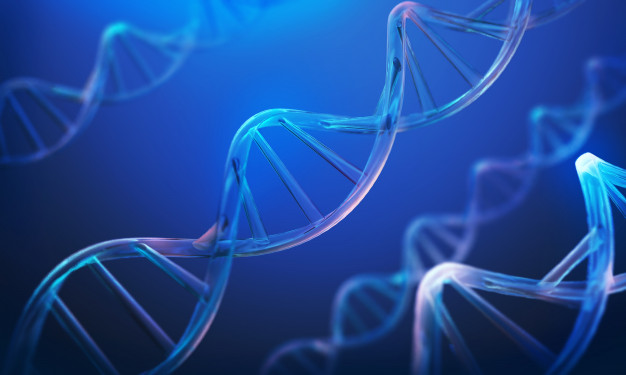Haploinsufficiency Explained – Treatment, Major Causes, Mechanism
Haplosufficiency is a genetic dominance example which is significant in conditions that human often inherit. This involves the elimination of one of the paternal gene copies or its mutation. And the other paternal copy of the gene is incompetent of producing enough protein for a natural protein function.
On the other hand, it produces little or no gene product. Diseases resulting from Haploinsufficiency are generally due to genetic changes encoding proteins that the body needs in large amounts.
Greig syndrome is a disease which is correlated with Haploinsufficiency and it results from elimination of gene. A change of haploinsufficiency endures for mutations in the gene PRPF31, a known condition of autosomal dominant retinitis pigmentosa.
Contents
Mechanism of Haploinsufficiency
Haploinsufficiency can occur in various ways that are already described above. Haploinsufficient means a single copy of a functional gene is not adequate to maintain natural function.
A haploinsufficient gene is defined as requiring both alleles to be operative in order to express the wild type. One can define the gene as haploinsufficient and one cannot. It is a completely natural procedure.
The mechanism plays a vital role in haploinsufficiency in tumor development. This mutation has been reported in a mother with mild riboflavin deficiency whose recent child formed transient severe symptoms following biochemical and clinical characteristics of several acyl-CoA dehydrogenase deficiencies.
Therefore, this is the whole mechanism of haploinsufficiency that you must know in detail.
Causes or Possible Effects of Mutation in One Allele of a Gene
Mutation in a single gene may lead to 4 principle outcomes. The process follows as such:
i). Decreased levels of expression from the wt. Allele, Powerful negative or gain of function truncated proteins described from the mutant allele. Outcome: Dysregulation of pathways, the high possibility for the diseased state.
ii). Decreased levels of expression from the wt. Allele, No expressions from the mutant allele.
Outcome: Normal phenotype without complications or the high possibility of the diseased state.
iii). Normal levels of expression from the wt. Allele, Powerful negative or gain of function truncated proteins described from the mutant allele.
Outcome: Dysregulation of pathways, the high possibility for the diseased state.
iv). Normal levels of expression from the wt. Allele, No expressions from the mutant allele.
Outcome: Normal phenotype without complications.
On the other hand, the causes of haploinsufficiency can be for two reasons. One, is the degradation of the protein or the message that cells produce. Or, unstable cell.
The other reason is the deletion of the copy gene, this is also known as copy-number variation that is due to the deletion of major information. Therefore, this can be the two causes of haploinsufficiency.
You may also like: Top 10 Best Liquid vitamins for Women
Treatment
Now that you are in this section, you are already familiar with the definition of haploinsufficiency and its major causes. Some may think that haploinsufficiency is very difficult to understand but actually it is not.
The treatments seem to be difficult either by gene therapy or protein replacement. The process is natural and it is related to genetics and this can be the reason why the possible treatment is not possible.
The Final Thoughts
The causes are numerous but according to the research, treatments are none. In genetics, it describes a model of dominant gene action.
Moreover, this is all about haploinsufficiency and if you have any doubts then feel free to ask in the comment section below.



